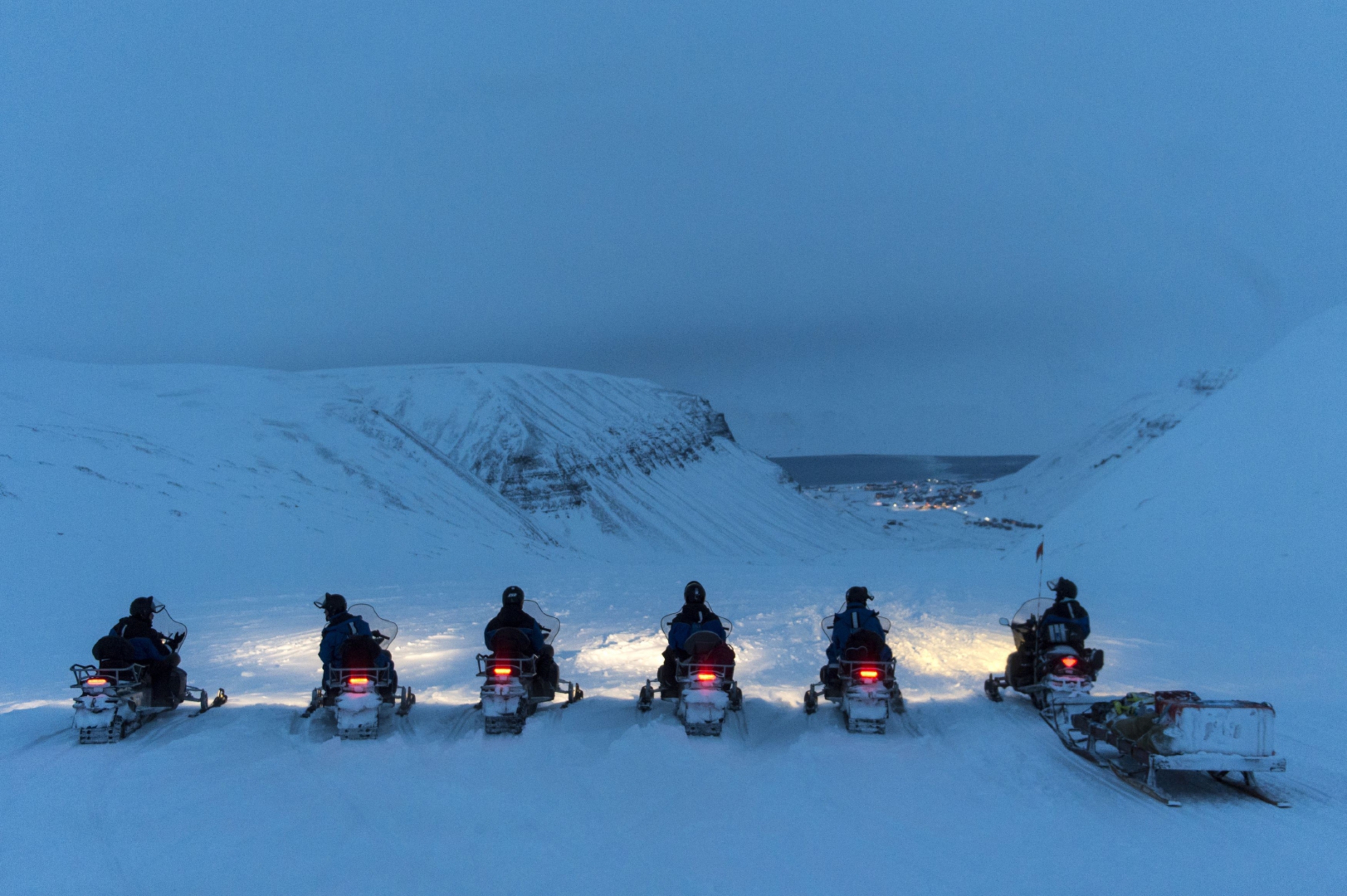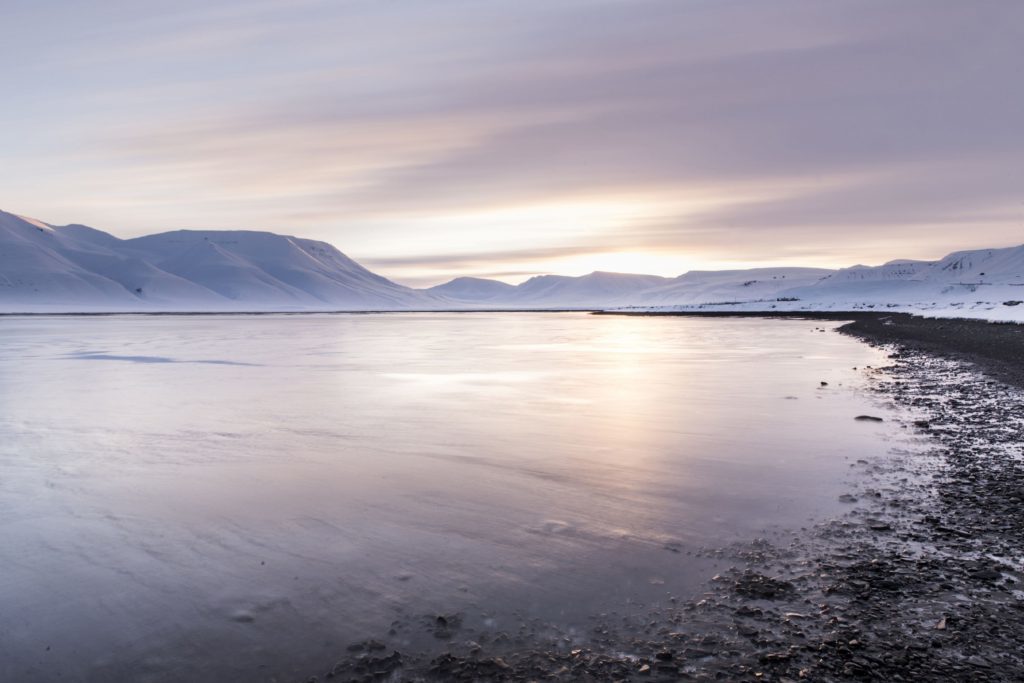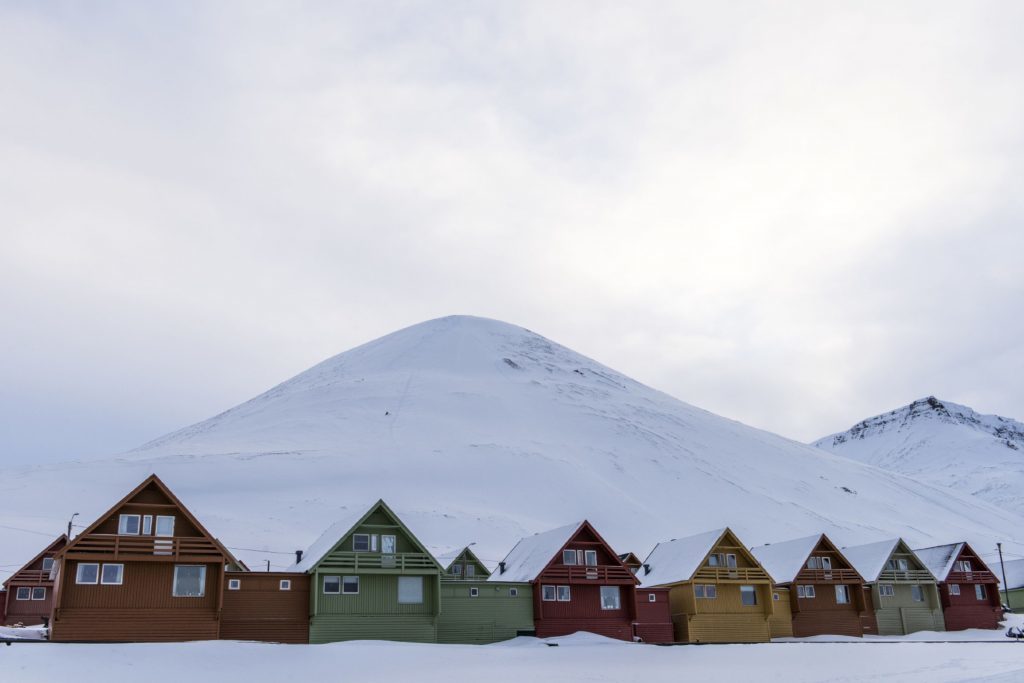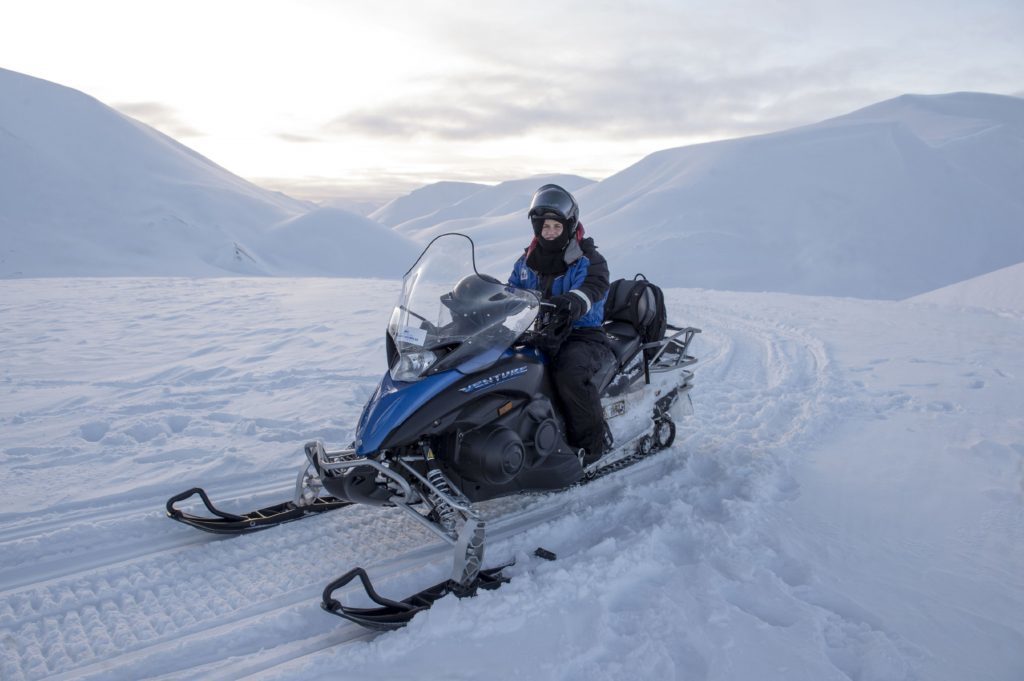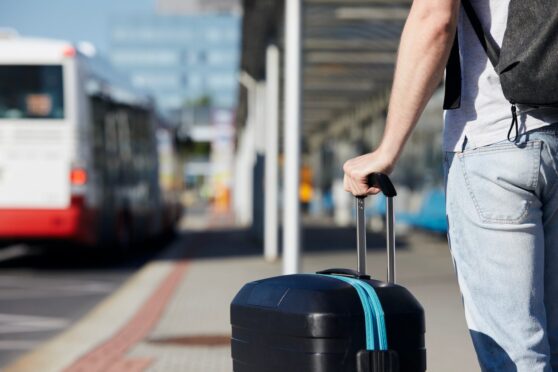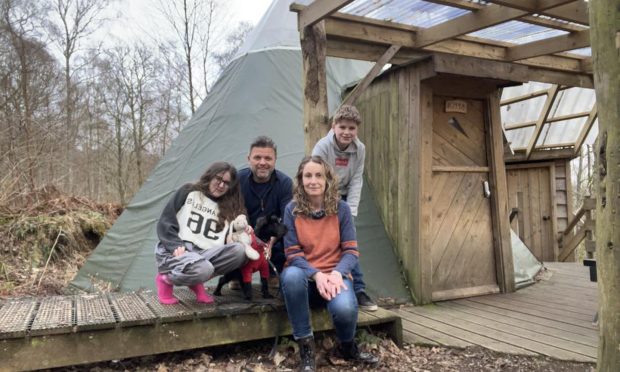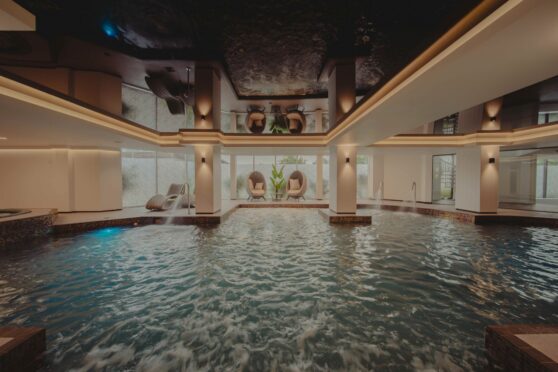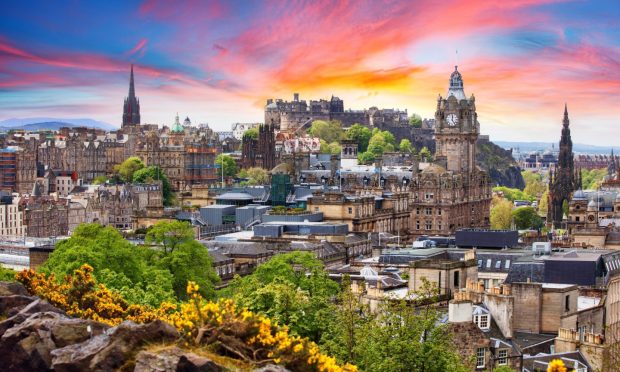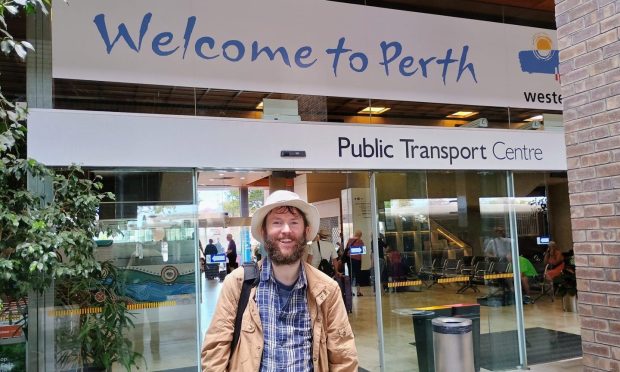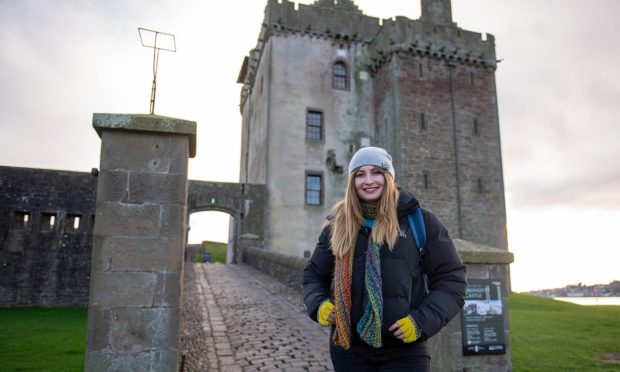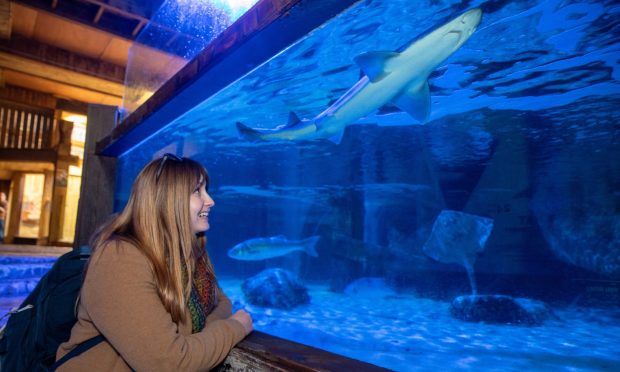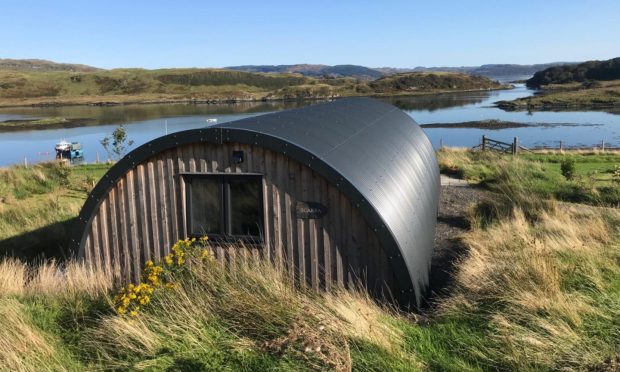Sleeping in ice caves and zooming on snow mobiles across Arctic desert, Sarah Marshall scopes out winter tourism in Svalbard
When the floor beneath you appears to be made of glass, it’s advisable to tread carefully. And if every surface screams fragility, there’s even more reason to keep hands firmly in pockets.
But as I walk through a tunnel sparkling with Swarovski-worthy crystals, the temptation to touch is irresistible.
Kreeeanch. Within a split second, clusters of delicate icicles have shattered and, for a heart-stopping moment, I wonder if our entire ice cave might collapse.
Several metres below ground, in a glacier almost at the top of the world, it’s unlikely anyone would hear our cries.
Fortunately, the walls of our ‘hotel’ for the night are made of much sturdier stuff – 800-year-old ice that’s been prodded and pummelled by far greater forces than my inquisitive mitts.
Every winter, if conditions allow, caves are dug into Spitsbergen’s slow-moving, crevasse-free Longyearbreen glacier, accessing meltwater channels created during warmer months.
Last year’s high temperatures mean our 500m-plus tunnel is large enough to accommodate two or three abreast, and with head torches, we admire an art gallery of thin shards fanning like whale baleen and stalactites grander than organ pipes in a cathedral.
The 24-hour tour, which starts with a 3km snowshoe hike, followed by an overnight stay in an igloo, is one of the attractions bringing tourists to Arctic archipelago Svalbard, of which Spitsbergen is the largest island.
Approximately 135,000 tourists per year come to these mountainous, snow-carpeted lands – half on summer cruises in search of polar bears. Winter tourism, though, is growing.
“Twenty years from now, there will be more people and it will be less pristine,” warns Karl Schonning from Svalbard Wildlife Expeditions. Although he hopes strict regulations protecting the largely glacial landscape will slow down that process.
“As soon as you walk out the door, you break a rule,” he smirks.
That’s particularly true of Svalbard’s wilder residents.
At Green Dog – a family-run business offering tours on dogsleds – six unruly mix-breed huskies quickly fall into line as they tug my sled through steep-sided valleys, gleefully churning virgin snow. Born to run, they bark and yelp incessantly, only falling silent as I lift my foot from the brake.
Although slower than pure-bred Alaskans, these Greenland dogs have greater stamina and I sense it could take days to drain their batteries.
As a foggy sun is swallowed by the mountains, we retreat to a trapper’s hut, greeting a litter of boisterous young puppies on the way.
Sitting in a cabin dressed with weathered whale bones and musty musk ox pelt, ex-RAF officer Ben Finney, who now manages the dog yard, regales the hardships of not seeing sun for several months, while staring longingly through a window with a stuffed ptarmigan sitting pertly on its sill.
During those dark days, the aurora lifts spirits, with blazing light displays possible at any hour. In January and February, there’s even a chance to see the sky stained blood red, a phenomenon caused by the sun reflecting ice crystals in the atmosphere.
“In the past, it only happened once a decade,” explains Ben, “But we’ve already seen it four times this year.”
Not far from Green Dog, on the outskirts of Spitsbergen’s main community Longyearbyen, Camp Barentz is an ideal spot to hunt aurora. Coaches provide safe passage through polar bear country, where carrying rifles is obligatory, and we arrive at traditional gamme cabins to dine on reindeer stew and wait for the lights to appear.
Heavy cloud scuppers our chances, so we head back into town hunting bright lights of a different sort.
Once a post office, church and even hospital, Huset is now the former mining town’s main club, where several generations of a family can be found on the dance floor.
Further down the road, in Karlsberger pub, bottles of cognac and whisky cram a bar once frequented by miners, whose black and white portraits now adorn the walls.
A hangover from those times, alcohol restrictions still apply, and it took almost six years for Robert Johansen to change a 1928 law and start brewing his own beer. Now his Svalbard Bryggeri beverages, made with water from 2,000-year-old Bogerbreen glacier, are for sale in bars and supermarkets.
Other ingredients are imported; sitting above the tree line, it’s impossible to grow crops in the permafrost.
Bizarrely, though, Svalbard has more seeds than any other place on earth.
Locked away in a hilltop bunker, more than 860,000 crop varieties are preserved in the Global Seed Vault. Last year, a batch was taken to Beirut after bombing in Syria destroyed specimens from Aleppo’s own store.
Although under Norwegian sovereignty, Svalbard is owned by no-one, making it the safest haven to protect some of the world’s most precious jewels.
Russia also has a presence here, and the northernmost consulate in the world can be found in Barentsburg.
We visit as part of a full-day snowmobile safari, slicing through snow-swept Arctic desert with the ease of a knife cutting butter. Soaring mountains and valley depressions give us two shots at catching sunrise in the Advent Valley, where piercing rays claw at the cloud-streaked sky.
In Barentsburg, stark, blocky architecture and smoke-spluttering chimneys are a sombre world away from lively Longyearbyen. All property is state owned in this last vestige of the Soviet Union, where a bust of Lenin presides over the main thoroughfare.
Tourism here is also growing, Russian guide Arve tells me in splintered English, proudly pointing out a bar where the 78 degrees cocktail is named after both its latitude and alcohol content.
In total, 2,600 people live in Svalbard, outnumbered by 4,000 polar bears – although at this time of year, many of the apex predators are denning on the east coast. While it’s illegal to specifically go in search of them, if you happen to come across one, it’s a different story…
Disappointingly for me – but perhaps not our guide – our journey home is bear-free.
My closest encounter is at Longyearbyen’s eccentric restaurant, Mary-Ann’s Polarrigg, where a stuffed ursus wearing boxing gloves rips through a wall and – weirder still – a polar bear penis bone is encased in the bar.
It’s certainly a spectacle, but, funnily enough, on this occasion my hands stay firmly in my pockets.
TRAVEL FACTS
:: Sarah Marshall was a guest of the Norwegian Tourist Board. Visit
www.visitnorway.com; www.northernnorway.com; www.visitsvalbard.com
:: Best Served Scandinavia (www.best-served.co.uk; 020 7664 2241) offer a
six-day trip to Svalbard from £2,180pp including three nights at Radisson Blu
Polar (B&B), Arctic Wilderness Evening at Camp Barentz including dinner,
full-day snowmobile trip to Tempelfjord, half-day dog-sledding trip to
Bolterdalen and an overnight Ice cave excursion. Also includes flights from
London via Oslo.Based on April departure.
